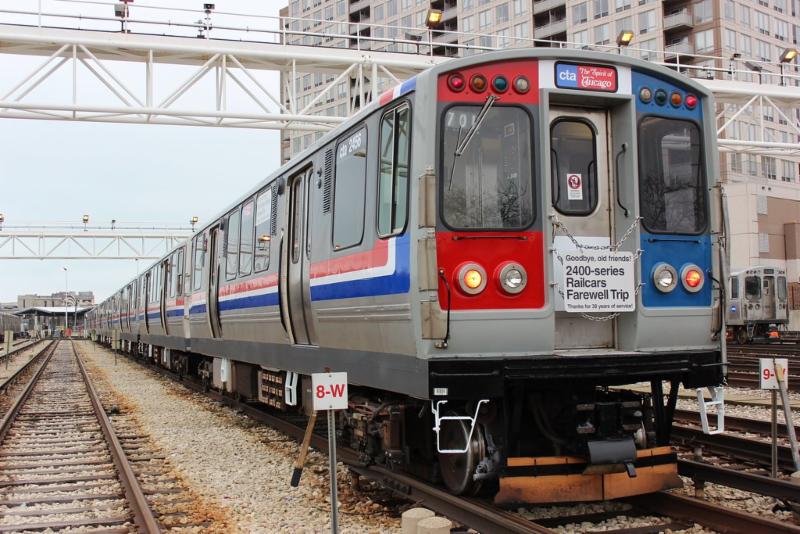A report issued by the nonpartisan Washington-based Tax Foundations states that while it is commonly asserted that wealth inequality is too high and rapidly growing over time, “New research from Federal Reserve Bank of Boston economists suggests wealth inequality has grown less than previously estimated and that shares of wealth held by top earners drops significantly when accounting for sources of lower- and middle-class wealth that are often overlooked.”
The Federal Reserve Board’s Survey of Consumer Finances (SCF) is often used to measure wealth inequality, but it fails to adequately capture two sources of retirement wealth that are important for many low- and middle-class households: Defined-benefit (DB) pensions and Social Security (SS) benefits, writes the foundation’s Alex Durante.
Durante states that “Normally, these two sources of wealth are challenging to capture in surveys because it is difficult for people to accurately calculate their future income streams from DB pensions and Social Security. But they are important sources of wealth for certain households so excluding them from the picture will understate wealth at the lower and middle parts of the distribution.”
The Federal Reserve authors of the study found that “When accounting for both defined-benefit and defined-contribution plans, the share of wealth for the top 5 percent of earners drops from 72 percent to 51 percent in 2019. It drops even further, to 45 percent, when adding in SS benefits. Although the share of wealth held by the top 5 percent does still rise from 1989 to 2019, it does so by eight fewer percentage points after these adjustments.”
“This is an important study,” said Jim Tobin, economist, former Federal Reserve auditor, and president of Taxpayers United of America (TUA). “While politicians frequently express ‘concerns’ about wealth inequality, the study clearly shows that the issue is often based on an incomplete picture of the underlying data.”






